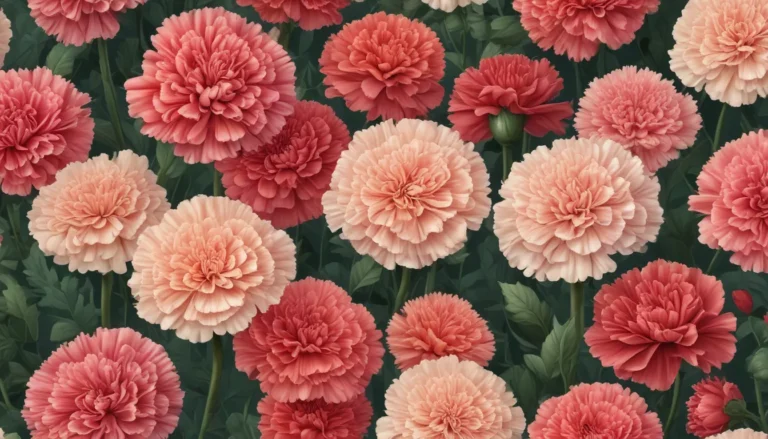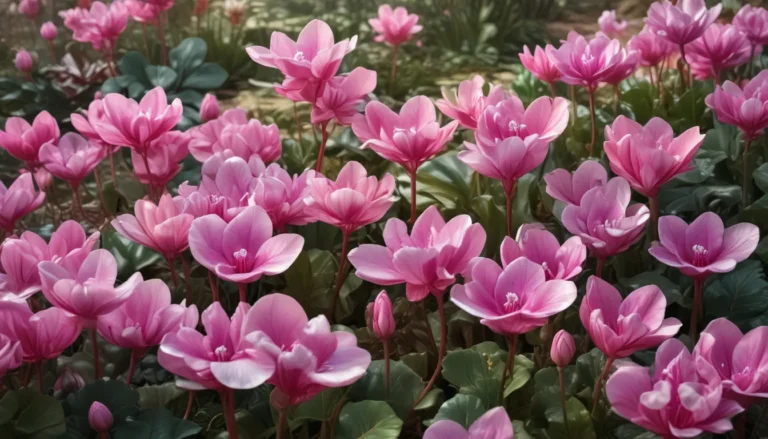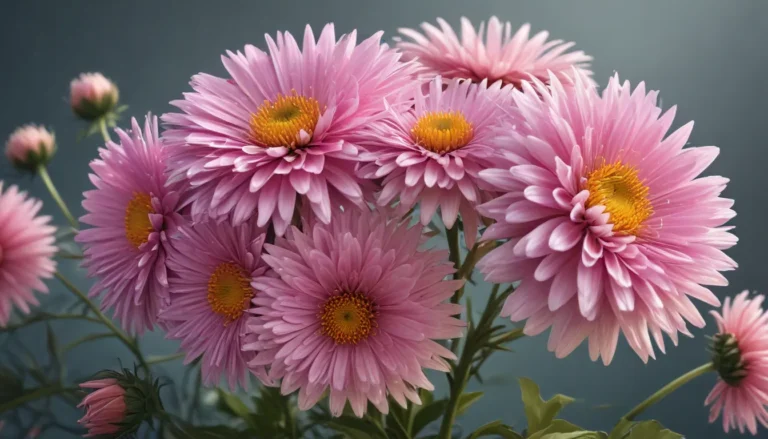The pictures we use in our articles might not show exactly what the words say. We choose these pictures to make you interested in reading more. The pictures work together with the words but don’t take their place. The words still tell you the important facts.
Centaurea, also known as knapweed or cornflower, is a delightful genus of flowering plants that belongs to the Asteraceae family. With over 500 diverse species, these captivating plants offer a stunning array of colorful flowers and are valued for their medicinal properties. Whether you're an avid gardener, a nature enthusiast, or simply curious about the wonders of the natural world, you'll be astounded by the fascinating facts about Centaurea.
A Closer Look at Centaurea
Centaurea plants, commonly referred to as centaury or knapweed, belong to the Asteraceae family, which includes more than 23,000 known species. With over 500 known species, Centaurea is one of the most diverse plant genera found across various regions of the world, including Europe, Asia, and North America. These plants display a stunning array of colors, from vibrant purples and blues to bright yellows and pinks, adding beauty to any garden or landscape.
The Medicinal Wonders of Centaurea
Since ancient times, Centaurea plants have been valued for their medicinal properties. Compounds found in these plants have been historically used to treat various ailments, such as digestive issues, fevers, and skin conditions. Additionally, Centaurea is a popular choice among pollinators, including bees, butterflies, and hummingbirds, due to its colorful and aromatic flowers.
Balancing Beauty and Invasiveness
While Centaurea plants are known for their beauty and drought tolerance, some species can become invasive in certain regions. These invasive species have the potential to disrupt local ecosystems by outcompeting native plants. Despite this, Centaurea remains a popular choice for xeriscaping and water-wise gardening, making it an ideal option for landscapes with dry and arid conditions.
Versatility in Floral Arrangements
The unique shape and colors of Centaurea flowers make them a popular choice for floral arrangements. Whether used as a focal point or as filler flowers, Centaurea adds an elegant and charming touch to bouquets and centerpieces. Certain species of Centaurea also make excellent cut flowers, thanks to their long-lasting nature and interesting texture.
Delving into Centaurea FAQs
- What is Centaurea? Centaurea, also known as centaury or knapweed, is a genus of flowering plants in the family Asteraceae, with varying sizes, colors, and growth habits.
- Where can Centaurea be found? Centaurea is native to Europe, Asia, and North Africa, thriving in habitats ranging from meadows to rocky slopes.
- Can Centaurea be grown in gardens? Yes, many Centaurea species can be cultivated in gardens for their eye-catching flowers and ability to attract pollinators.
- Are there any medicinal uses for Centaurea? Yes, Centaurea has a history of traditional medicinal use, believed to have anti-inflammatory, digestive, and diuretic effects.
- Can Centaurea be used as a natural dye? Certain species of Centaurea have been traditionally used to produce natural dyes in vibrant shades of blue, purple, or pink.
Embracing the Splendor of Centaurea
Centaurea's captivating beauty and remarkable properties make this plant truly astounding. From its vibrant colors to medicinal uses, Centaurea continues to fascinate botanists and gardeners alike. If you found these facts intriguing, why not explore the allure of cornflowers further? Delve into the captivating world of these stunning blooms and uncover even more intriguing aspects of their existence. Your journey through the realm of Centaurea and its relatives is just beginning, so keep reading to satisfy your curiosity and expand your knowledge of these incredible plants.
As you embark on this botanical adventure, remember that each fact on our site is contributed by real users like you, ensuring a wealth of diverse insights and information. Delve into the enchanting world of Centaurea and let its beauty inspire you to appreciate the wonders of the natural world.






